The Future of Visual Marketing: Emerging Trends and Technologies to Watch Out For
Visual marketing continues to evolve rapidly, adapting to the changing preferences and behaviors of consumers. As technology advances, new trends, and innovations are shaping the future of visual marketing - and let’s be honest, it’s hard to keep up! In this post, we will explore the emerging trends and technologies that businesses need to watch out for to stay ahead of the curve. From augmented reality (AR) and virtual reality (VR) to interactive visual experiences and personalized visuals, we will uncover the exciting possibilities that lie ahead.
Augmented Reality (AR) and Virtual Reality (VR)
AR and VR technologies are transforming the way consumers interact with visual content. Augmented reality overlays digital elements onto the real world, while virtual reality creates immersive experiences in a simulated environment. These technologies enable businesses to offer unique and engaging experiences to their audience. In the future, we can expect AR and VR to become more accessible and be seamlessly integrated into marketing campaigns. For example, brands can leverage AR to allow customers to try on virtual clothing or visualize how furniture would look in their homes, like IKEA’s Place app. VR can transport users to virtual showrooms, events, or destinations, providing immersive and memorable experiences.
Interactive Visual Experiences
Interactive visuals encourage active engagement and captivate users. In the future, businesses will increasingly incorporate interactive elements into their visual marketing strategies. Think interactive infographics, quizzes, and 360-degree images/videos! These are all examples of interactive visuals that enhance user experiences. These elements enable businesses to educate, entertain, and build stronger connections with their audience. These types of visuals can also provide valuable data and insights about user preferences and behaviors, enabling businesses to refine their marketing strategies.
Personalized Visuals and User-Generated Content
Personalization is key to creating meaningful connections with consumers. In the future, visual marketing will become even more tailored and personalized. Brands can leverage customer data and artificial intelligence (AI) to deliver customized visuals based on individual preferences and behaviors. Personalized visuals can include videos, product recommendations, or dynamic ad creatives. Additionally, user-generated content (UGC) will continue to play a significant role in visual marketing. UGC allows brands to showcase authentic customer experiences, fostering trust and social proof. For instance, cosmetics brand Glossier frequently shares user-generated content on its Instagram page. By featuring their customers in their marketing efforts, Glossier has built a loyal following and increased brand loyalty. This is a really easy strategy to implement for any business - large or small - and it will only cost you some time not $$! If your customers are talking about you on social media, be sure to share what they are saying!
Video Marketing
The rise of social media has made video marketing more accessible than ever before. According to a recent survey, 91% of businesses use video as part of their marketing strategy, and this number is expected to rise. Video provides a way to engage with customers on a deeper level and can help businesses stand out in crowded social media feeds. In the future, we can expect businesses to create more engaging and creative video content that connects with their audience. Pro tip: Include subtitles on your videos so you can still get your message across to viewers who aren’t turning the sound on to watch!
Visual Search and Voice-Activated Visuals
Visual search and voice-activated visuals are emerging technologies that will shape the future of visual marketing. Visual search allows users to search for information using images instead of text. By leveraging image recognition and AI, businesses can optimize their visuals for visual search platforms like Pinterest Lens or Google Lens. Voice-activated visuals, driven by voice assistants like Siri, Alexa, or Google Assistant, provide an interactive and hands-free way for users to connect with visual content. Brands can optimize their visuals for voice-activated search, ensuring their content is discoverable and engaging across voice-activated devices.
As we continue to watch the digital landscape evolve, the future of visual marketing holds exciting opportunities. All of these trends and emerging technologies have already started to revolutionize how businesses engage with their audience and build meaningful connections. Staying up-to-date on these trends will not only help your business stay relevant, but it can open you up to new ideas to expand your customer base. Which one (or two) trends will you try to implement this year?

